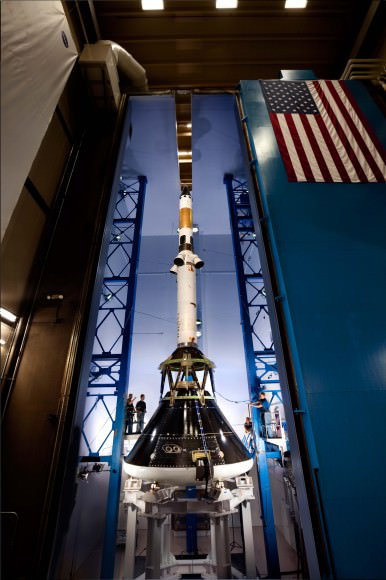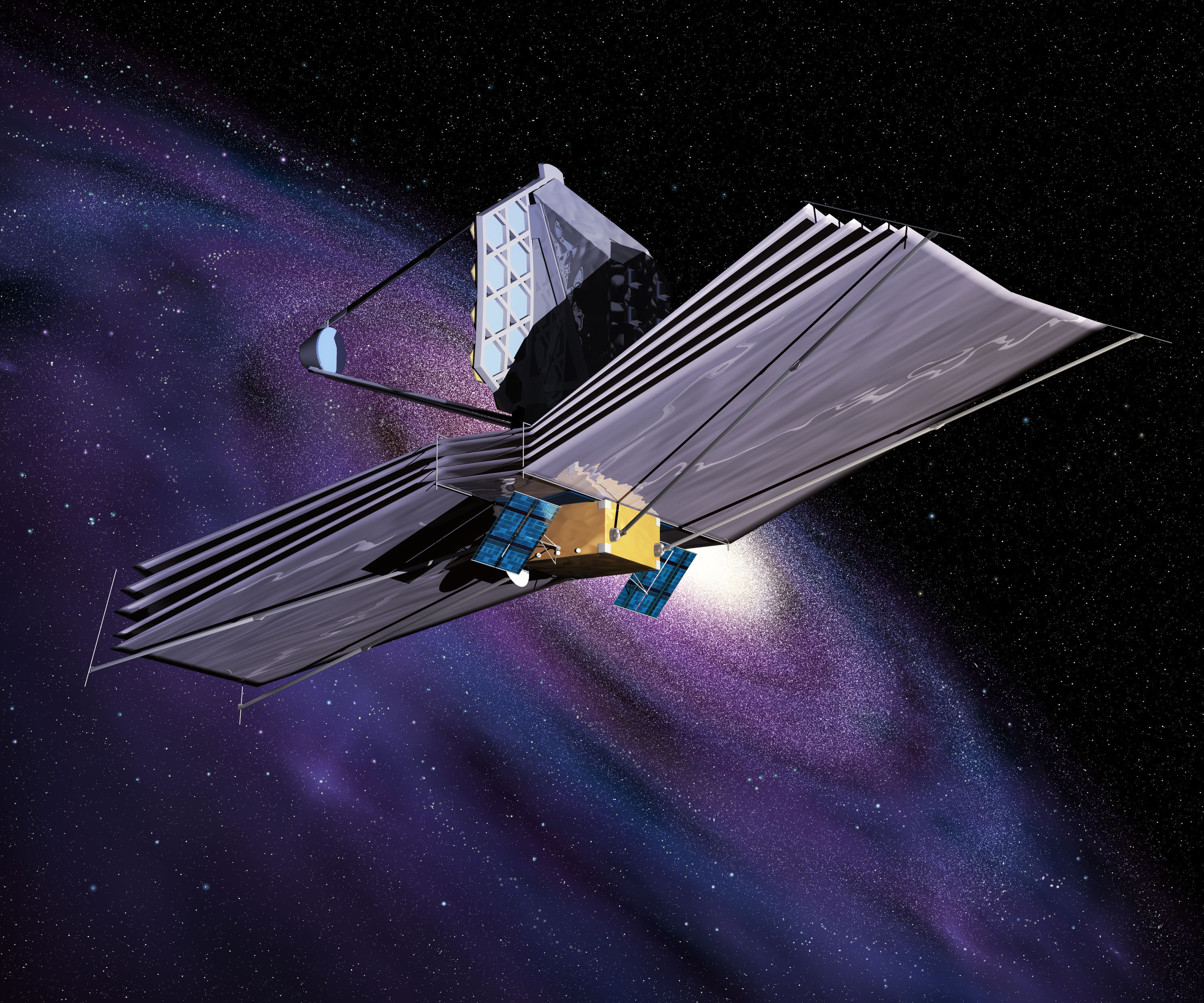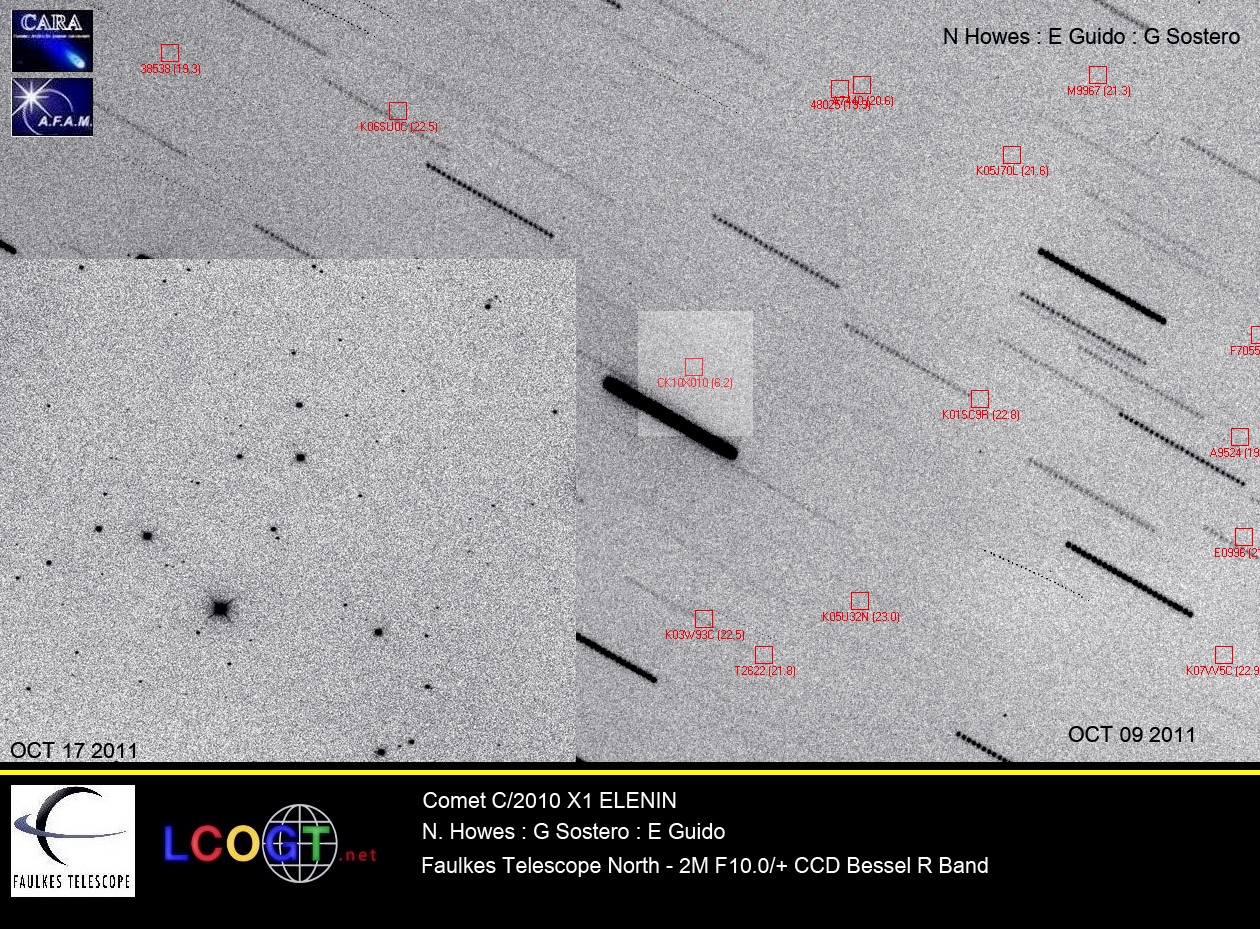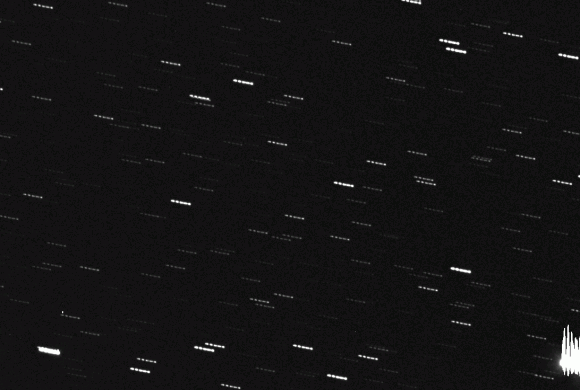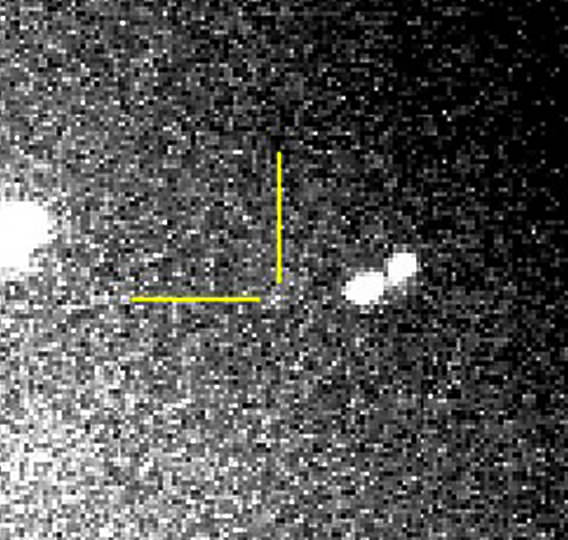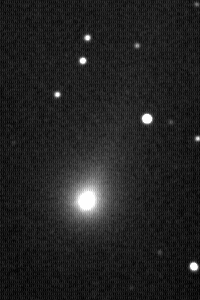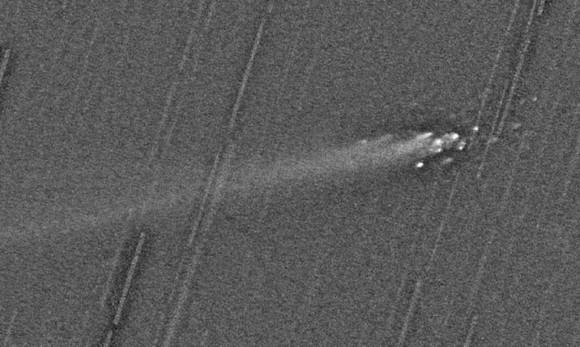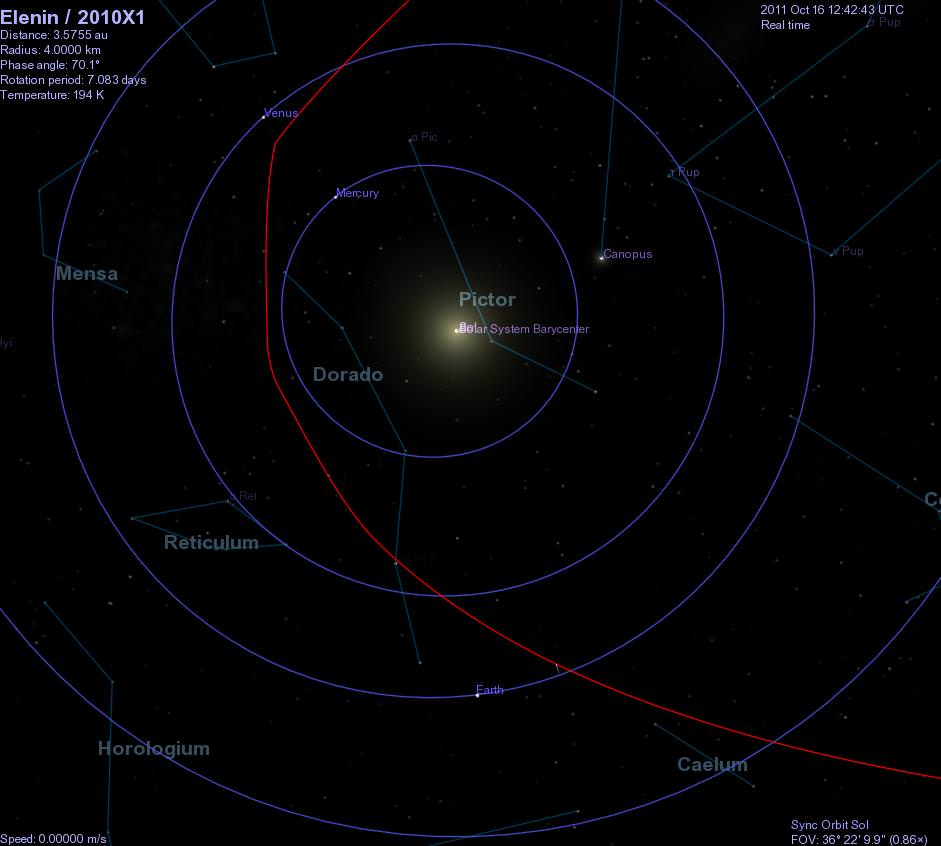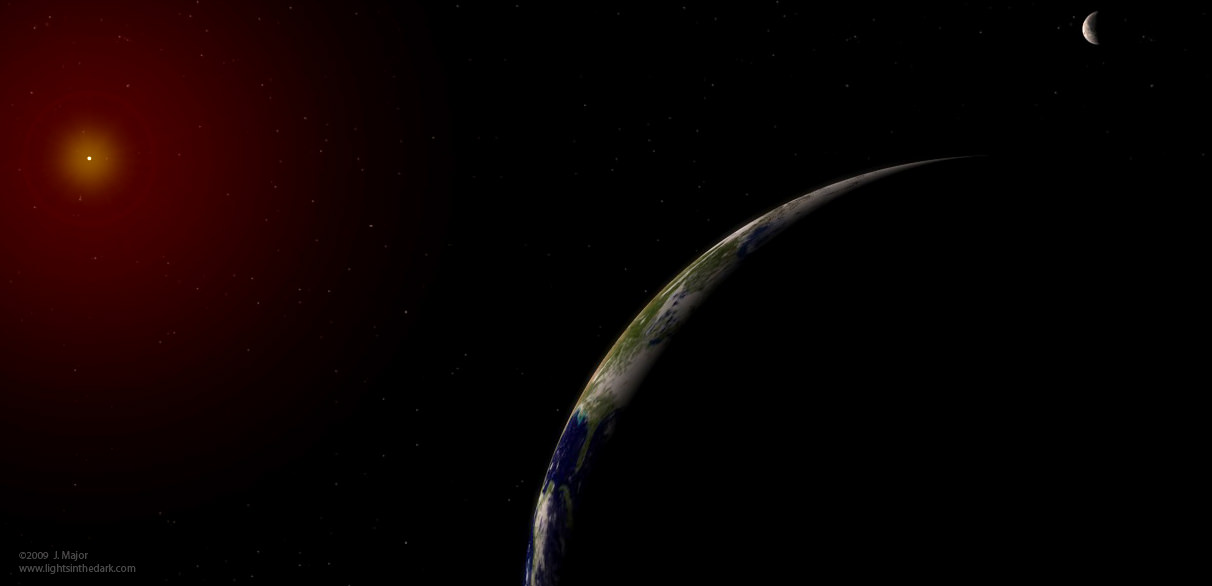[/caption]
Astronomer and blogger Ian Musgrave from South Australia has been active in debunking the misinformation and nonsense that is being disseminated about Comet Elenin. He has written several wonderful posts featuring the actual realities of this long-period lump of dirty ice that has, for some reason, attracted the attention of doomsdayers, 2012ers, and end-of-the-world scaremongers. Earlier this week, Ian’s Elenin posts on his Astroblog were taken down by the web host, as someone filed a claim for alleged violation of the Digital Millennium Copyright Act (DMCA). “Given that there is no copyrighted material on these pages, with either material generated entirely by me or links to and citation of publicly available material, I believe this was just a frivolous attack on people countering Elenin nonsense” Ian said. Astroblog was not the only site that was targeted, and thankfully, Ian’s web host agreed that the claim was without merit, and the posts are back online. In the interim, however, Universe Today offered to publish Ian’s excellent “Comet Elenin, a FAQ for the Worried” post, and even though the original is now available again, Ian and I decided to still post this on UT so that more people with questions about Comet Elenin would have the chance to have their worries allayed. Have your questions answered below.
Will Comet Elenin Hit Earth?: No, its closest approach is 0.23 AU on Oct 16, 2011, where 1 AU is the distance from the Earth to the Sun. To put this in perspective, this is only a little closer than the closest approach of Venus to Earth, and roughly 100 times the distance from the Earth to the Moon. This distance is from the latest MPEC ephemeris which is based on over 100 observations from multiple observatories that have been continuously tracking the comet, so it won’t change appreciably.
Surely if Elenin Was Going to Hit the Earth NASA/the Government Would Hush it Up? Which government? The Australian Government, the UK Government? The Italian Government? The South African Government? Amateur astronomers world wide are following this comet and continually talking to each other. The have the programs to work out where the comet is going. If the comet was coming anywhere near us, the amateur community would be first to know, and there is no keeping them quite. Consider how wide spread the information is about Apophis, which is a real, if extremely marginal, hazard.
Will it Cause Earthquakes, Abnormally High Tides or Other Disasters: No, Elenin is a mere 3-5 kilometres across and has less than a billionth of the tidal force of the Moon at closest approach (as well as a negligible magnetic field). If the Moon can’t cause the poles to tip, cause massive tidal floods or earthquakes, Comet 2010 X1 Elenin won’t. We’ve been closer to other comets before with no ill effect.
But What About Mensur Omerbashich’s Paper that Says Elenin is Causing Earthquakes? It shows nothing of the sort, earthquakes are no more common during comet alignments than at any other time.
But it’s bigger than Jupiter! No, that’s the coma , the thin haze of gas and dust that surrounds the comet nucleus. The nucleus of C/2010 X1 Elenin is roughly 3-4 Km in diameter and Elenin has a coma around 50,000 km wide at the time of writing (which is a third of the diameter of Jupiter). The average density of the coma is about the same as the density of the atmosphere on the Moon. A coma is a feature of all comets that approach the Sun closely, for example comet 81P Wild (nucleus 4 Km diameter) had a coma of 50,000 Km and 103P Hartley had a coma of 150,000 Km. The Great Comet of 1811 had a nucleus of around 30km in diameter and had a coma nearly as big as the Sun. Comet Halley is 6×15 km and had a coma 100,000 km wide when it last approached Earth. We survived them all (and 103P Hartley came nearly twice as close as Elenin will), and we will survive Elenin without incident.
But I Can See a Picture of it in WikiSky, it’s HUGE! That is the carbon star CW Leonis.
Is Elenin a Moon of a Brown Dwarf Star? No.
But Brown Dwarf Stars are so Cold, you Can’t See Them. No, coldest detected so far is ~370K (about the temperature of a hot cup of tea), the the warmest are around 2200 K, and most range between 500-1000 K. They may not produce much visible light, but they reflect light. Jupiter has a composition similar to those of Brown Dwarf stars. Jupiter’s cloud tops are a chilly 128 K and it reflects light just fine. Any Brown Dwarf in the inner solar system would be painfully obvious.
Will Going Through the Comets Tail Affect Us? No, should the rather small tail of Elenin actually pass over us, it’s doing a pretty good imitation of a vacuum (about 100 atoms per cm3). We have been through bigger and denser comet tails before with no effect whatsoever (especially the Great Comet of 1861).
Why isn’t Comet Elenin in the News? For the same reason that the other 16 comets discovered in 2010 didn’t get in the news, or the 5 comets discovered in 2011. They are all dim. The News is only interested in comets that are spectacular, readily visible to the unaided eye or are being visited by spacecraft. Comet 2009 P1 will be as bright, if not brighter than C/2010 X1 Elenin, but that’s not in the news either. Amateur and professional astronomers are watching comet Elenin and others avidly, but the news channels don’t care about our obsessions with faint fuzzies.
Why Can’t I Find Information of Elenin at the NASA Website? Because NASA is not the arbiter of all things astronomical. You won’t find information on C/2009 P1, C/2011 C1 or any of the faint comets discovered during 2010 and 2011. NASA does have information of comets that its spacecraft have visited, or are interesting in some other way, but it’s not an exhaustive comet site like Cometography or Aerith.
(editor’s note, NASA and JPL’s Near Earth Object Office did publish an article about Comet Elenin in May, 2011, which can be found at this link, confirming it will safely fly past Earth.)
I Saw Comet Elenin Near the Sun in August 2010/Now: In August 2010 only really powerful telescopes could see Elenin. You saw Venus. If you are seeing something bright near the Sun in the morning sky now, it’s Venus.
How Can I Tell What IS in the Sky and Avoid The Venus Confusion? For freeware standalone programs there is Cartes du Ciel and Stellarium (my favourite). For Web based solutions Skyview Cafe, Sky-Map and GoogleEarth (KMZ file here) all work.
Where Can I Find Orbital Elements for Celestia or Stellarium? Here.
Where Can I Find Images of Elenin? Here, and here and a nice image of C/2010 X1 near to NGC 3376 is here.
I have Photographed/ Seen a Photograph of a Double Sun, is this Elenin? It’s lens flare.
Other Good Links:
Leonid Elenin calculates what would happen to planets if a Brown Dwarf was in the inner solar system.
The Sceptics on Elenin.
Astronotes, 10 facts you need to know about Elenin.
Astronomy Beat on Elenin (PDF)
See this original post by Ian Musgrave on Astroblog
